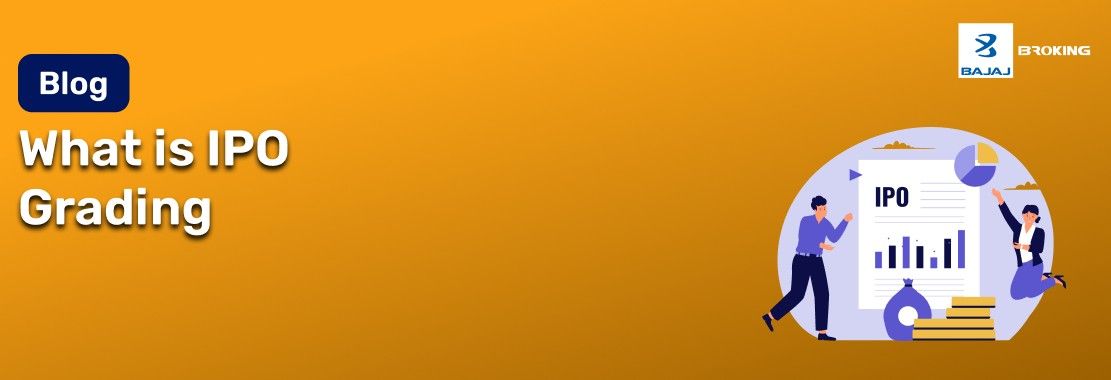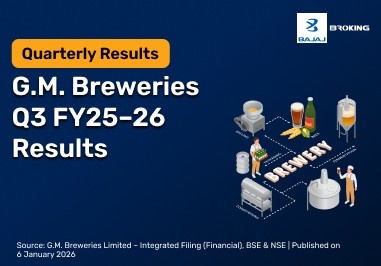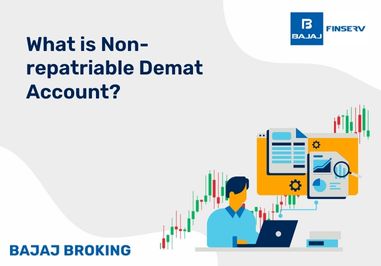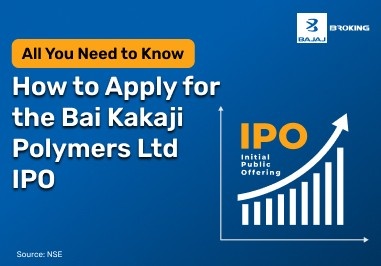IPO grading is a rating system that indicates the fundamental strength or weakness of a company before it lists on the stock market, somewhat like the report card that credit rating agencies issue, but that is subject to SEBI oversight.
IPO grading places less emphasis on all of the hype around a company and more on whether that company can actually grow and manage risks. For you as an investor, it serves as a directional sign. IPO grading is a structured way to evaluate a company instead of only relying on discussions or chatter in the market.
It assesses the business model, financial health, and identifies potential risks. IPO grading, while not a guarantee of returns, will help you form a more uniform basis upon which you feel good about an IPO investment. Overall, it will help you enter the market with a bit more assurance.
What is IPO Grading?
IPO grading is a system used to assess the quality of an Initial Public Offering (IPO) prior to its launch. An IPO occurs when a privately-held firm goes public by making its shares available for purchase by the general public for the first time.
Prior to going public, the company is evaluated by credit rating agencies and independent bodies. These agencies evaluate the company considering its finances, growth potential, and business performance. The agencies will then render a grade, which is usually a letter grade (A to E) or a 1 to 5 scale. The grade is not a promise. The grade provides an indication of the agency's view of the company's overall quality.
What are the Factors Considered in IPO Grading?
When you hear that an IPO has a grade, it is not a random score. Agencies examine different aspects before assigning it.
Financial performance: They check revenue, profit margins, debt, and cash flow. A consistent financial record generally strengthens the grade. Weak numbers may affect it negatively.
Management quality: The experience and track record of the leadership team matter. If the team has managed growth and challenges well, the IPO usually gets a better reflection.
Industry and market position: Analysts evaluate the health of the industry and the company’s position in the competitive landscape. An stable or growing market is typically a benefit to the IPO.
Use of funds: Analysts will assess how the raised capital will be allocated. Having a transparent and clear plan helps identify the level of comfort with the investment.
Risks and challenges: Analysts will assess any potential threats, such as regulation, market conditions, or debts. A risk management plan demonstrates realism and allows the investors to react accordingly.
IPO Grading Importance
IPO grading looks at a company’s financial strength, governance, and market potential. While it cannot predict profits, it gives insights into credibility and stability. Here is why it matters:
Investor confidence: Grading helps retail investors take decisions with more clarity. Higher grades usually indicate lower risk, which attracts more participation.
Pricing guidance: Grading may offer clues about the expected share price range. This allows investors to assess whether the IPO price seems sensible.
Regulatory requirement: In some countries, grading is a regulatory requirement. It enhances transparency and investor protection.
Comparative analysis: Grades allow investors to compare one IPO with several others and select the one that aligns with their objectives.
Accountability of issuer: Grading forces companies to be more accountable. They must disclose important information and uphold certain levels of transparency.
Interpreting the Grading Scale: Grading practices vary by region, but the common types of grading scales are numeric (1 - 5) or alphabetical (A - E), wherein lower numbers or higher letters convey higher quality.
Grade 1 / A: Means that the IPO has limited risk. This often indicates a stronger offering.
Grade 2 / B: Indicates fair risk with market reasonable stability. Considered relatively safe.
Grade 3 / C: Represents standard strength and risk for the offering and permits an investor to continue reviewing particulars for further consideration.
Grade 4 / D: Represents below average quality and higher risk. Use increased caution.
Grade 5 / E: Represents weak fundamentals and heightened risks. Investing here is speculative.
Where Can One Find the Grades Obtained?
IPO grades are published on the websites of credit rating agencies and stock exchanges. They are also available in SEBI’s public announcements. Checking these sources before investing helps you build a better understanding of the offer.
How Does IPO Grading Help in Deciding About Investing in an IPO?
When you hear about a fresh IPO, the flow of information can feel overwhelming. There is excitement, media coverage, and plenty of opinions. IPO grading helps cut through this noise by offering a straightforward view.
Gives a structured view: Grading studies company fundamentals and risks. It allows you to see a balanced picture rather than relying only on hearsay.
Helps compare companies: If you are considering two IPOs, grades make comparison easier. You can weigh which has stronger financials or management.
Highlights possible risks: Every IPO comes with uncertainty. Grading points out risks such as debt or industry issues. This prepares you better before investing.
Supports informed choices: A grade is not a profit guarantee. But it helps you match the IPO with your risk appetite and long-term goals.
Encourages responsible investing: Grading slows you down. It makes you check facts and rely on information rather than emotions. Over time, this builds healthier investing habits.
Wrapping Up
An IPO grading measure acts like a compass when you are determining where to invest. It will not guarantee a profit, but it gives an indicator of risks and strengths clearly. For investors, it lessens the guesswork and enhances the quality of investment decisions.
At the same time, grading is only one part of the picture. Your personal goals, risk comfort, and long-term plans matter just as much. Balancing grading insights with your own judgement helps you step into the market with confidence and less uncertainty.














